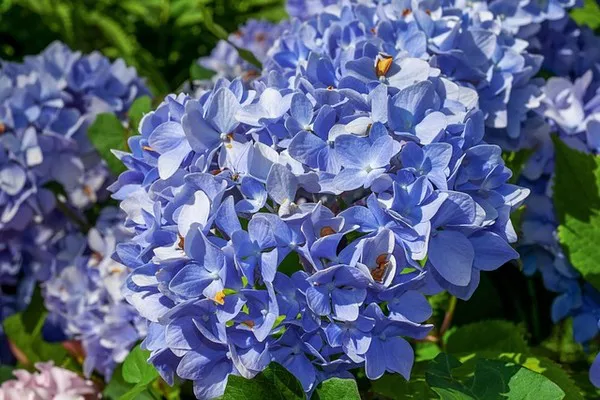Flowers have the power to evoke memories, capture fleeting moments, and add a touch of nature’s beauty to our lives. Preserving flowers in a book is a timeless and elegant way to immortalize their charm. Whether it’s a sentimental bouquet from a special occasion or a bloom picked from a memorable garden, pressing and preserving flowers in a book allows you to create lasting keepsakes. In this guide, we will explore the art of preserving flowers in books, providing you with step-by-step instructions to ensure your floral memories stand the test of time.
Choosing the Right Flowers
Before diving into the preservation process, it’s essential to select the right flowers for pressing. Choose blooms that are in full bloom but not overly mature, as younger flowers tend to press more effectively. Flat flowers with thin petals, such as pansies, daisies, and violets, are ideal candidates for pressing. It’s important to harvest the flowers in the morning when their moisture content is lower, ensuring a more successful preservation process.
Materials Needed
To embark on your flower preservation journey, gather the following materials:
- Fresh flowers
- A heavy book or flower press
- Absorbent paper (blotting paper or parchment paper)
- A clean, dry cloth
- A notebook or journal for additional personal touches
- Tweezers or small tongs
The Pressing Process
Preparation: Begin by preparing your flowers for pressing. Choose flowers with minimal imperfections, gently remove excess foliage, and trim the stems to a manageable length.
Choose the Right Book or Press: Select a heavy book with smooth, absorbent pages, or use a purpose-built flower press. Ensure that the book or press is clean and dry, as any moisture can interfere with the pressing process.
Inserting Flowers: Open the book or flower press and place a piece of absorbent paper on the bottom. Arrange your flowers on the paper, making sure they are not overcrowded. Close the book or press gently to avoid displacing the flowers.
Layering: If you are pressing multiple layers of flowers, insert additional layers of absorbent paper between each set of blooms. This helps prevent the flowers from sticking together and promotes even drying.
Weighting Down: Once the flowers are arranged, place additional weight on top of the book or press. You can use more books, heavy objects, or the press’s screws to apply consistent pressure.
Patience is Key: Allow the flowers to press for at least two to four weeks. Check the progress periodically and replace the absorbent paper if it becomes too damp.
Finishing Touches
After the pressing period is complete, it’s time to carefully remove your preserved flowers from the book or press. Use tweezers or small tongs to lift the flowers gently, minimizing the risk of damage.
Consider placing the pressed flowers in a clean, dry cloth and gently tapping the back to remove any remaining fragments of the absorbent paper. Handle the flowers with care, as they can be delicate after the pressing process.
Creating a Floral Keepsake Journal
To add a personal touch to your pressed flower collection, consider creating a floral keepsake journal. Choose a high-quality notebook or journal with thick, sturdy pages. Arrange your pressed flowers on the pages, experimenting with different layouts and designs.
Accompany each flower with notes, dates, or memories associated with the bloom. You can include details such as the occasion the flowers were received, the location where they were picked, or any special significance they hold. This not only enhances the aesthetic appeal of your floral keepsake but also creates a meaningful and personalized record of each preserved bloom.
Displaying Pressed Flowers
Once your flowers are pressed and arranged in your journal, you may want to explore creative ways to display them. Consider framing a selection of pressed flowers as a unique piece of botanical art. Choose a frame that complements the colors and style of the flowers, creating a visually stunning and sentimental decoration for your home.
Additionally, pressed flowers can be incorporated into other crafts such as greeting cards, bookmarks, or even used to decorate candles. The possibilities are limited only by your imagination.
Conclusion
Preserving flowers in a book is a delightful and meaningful way to capture the beauty of nature and create lasting memories. With careful selection, proper preparation, and a touch of creativity, you can turn a simple bouquet into a timeless keepsake. Whether you choose to press flowers for personal enjoyment or as a thoughtful gift for someone special, the art of preserving flowers in books is a skill that allows us to celebrate nature’s beauty for years to come.


